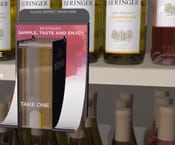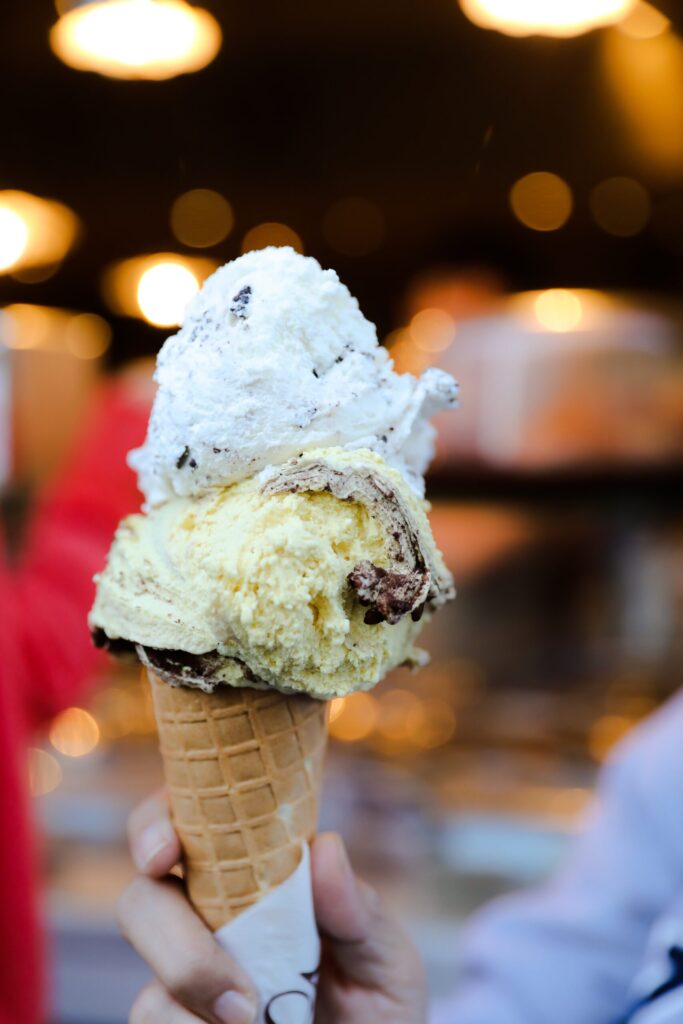Selecting a bottle of wine from the hundreds of choices on shelves can be a dizzying experience for any consumer. Add to that, this particular consumer is shopping in the $5-to-$7 range and it becomes even more challenging to purchases a wine that won’t disappoint.
To remedy that, Beringer, its line of low-priced varietals, and its agency TWINOAKS, have come up with a solution: taste stations. This spring, the stations were installed in 1,000 Kroger stores across 20 states. A shopper decides on one of three varietals they think they might like, pulls a single-serve flavor strip from the station placed in front of the bottles and tastes the wine. It’s a sampling breakthrough in the complex and, oftentimes, overwhelming wine shopping experience that instills confidence in the shopper’s wine selection.
“The launch of the taste stations is the result of a year-long campaign and delivers against such key research findings as 94% of women running households say sampling gives them a better idea of a product than advertising and 83% of shoppers say that an item they’ve sampled has become a repeat purchase,” says Steve DeVore, managing director at TWINOAKS, which led concept development and design. “This could be a game changer.”
The effort included developing the technology for the taste strips—which are non-alcoholic—to make sure the taste is reflective of the quality of the varietal. Sitting down in the manufacturing facility to taste strips over and over to narrow down the exact right taste. Then the team went on to figure out the delivery system, how the fixture could be easily stocked by the field source and what to do with the trash—people drop it into a container behind the fixture, which is emptied when the fixture is restocked.
“It was a long process,” DeVore says. “It’s hard to understand what that wine is going to taste like at shelf. It’s a risk. Our shopper was what drove it and that’s really important in shopper marketing. We had to start with the problem to solve.”
To research the concept with consumers, a 4-foot modular, stocked with both Beringer and competitor product, was set up so respondents could interact with the shelf and flavor strips fixture. After “shopping” the set, individual shopper interviews were conducted to gauge overall reactions to the fixture, determine impact to purchase intent and to understand how the fixture and communication could be optimized for future executions.
The key learnings found that the unit draws immediate attention and the majority of respondents engaged unaided, shopper responses were extremely positive—“Ingenious,” “Brilliant,” “Novel Approach,” “This is Amazing”—and that the fixture motivated purchase, encouraged switching, drove expansion to other varietals and incentivized traffic to retail among other positive findings.
Other key contributors to the launch included Acorn Design and Manufacturing, Acupac Packaging and News America Marketing. It is expected that multiple retailers will implement the taste stations in the coming months, DeVore says.


 Network
Network

